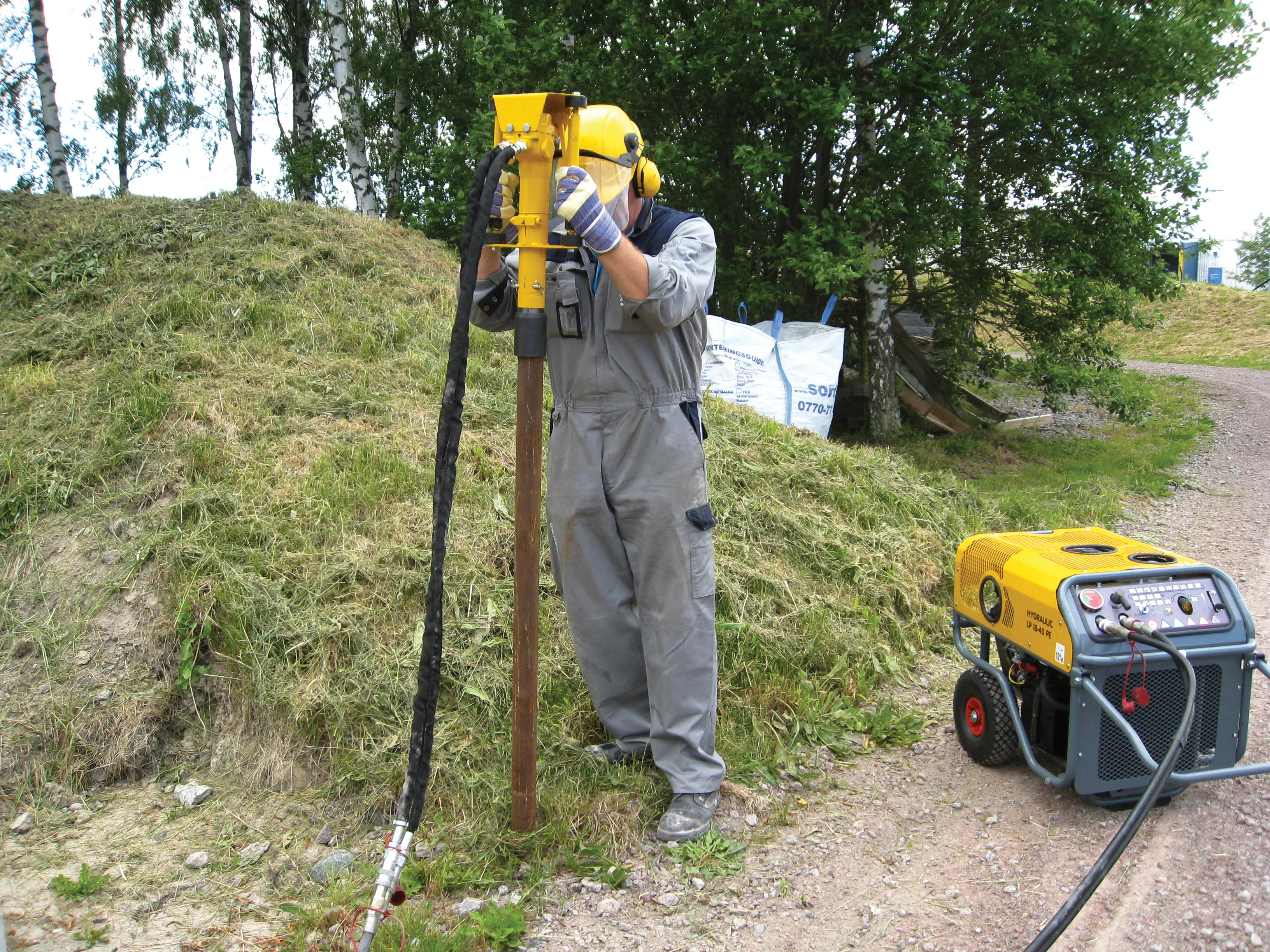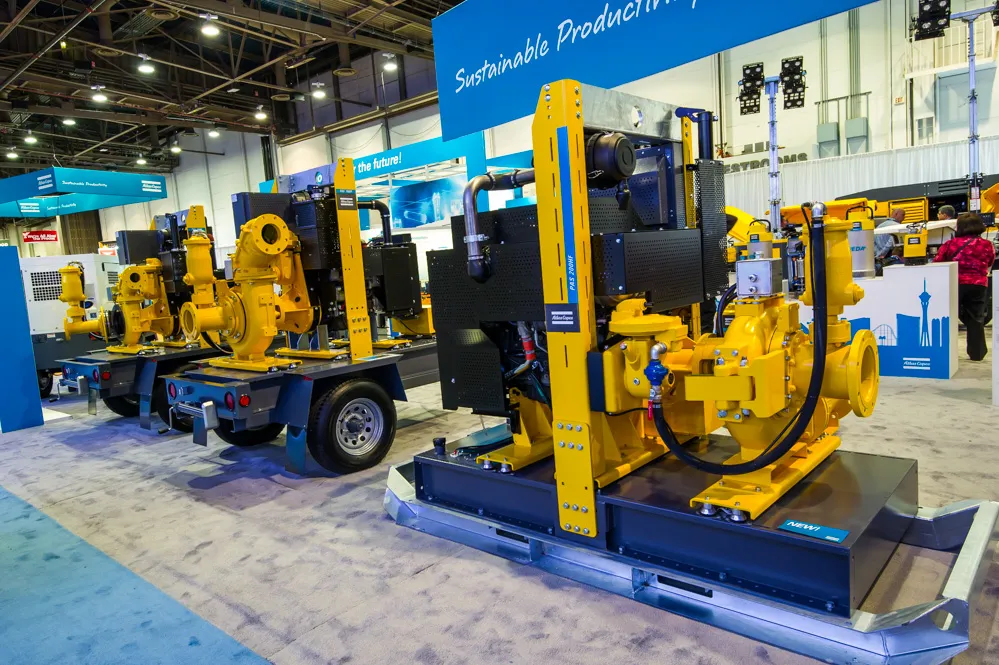The less than 18kg service weight of the new Atlas Copco LPD-LD post driver is said to be one of its numerous advantages when deployed by road, fencing and installation contractors, landscapers or any other power line utility company or rental business. Based on what is said by Atlas Copco to be a proven impact mechanism, the LPD-LD combines high frequency with what is described as “outstanding hitting power”, as the given frequency is said to reduce the damage on the rod's top. The “constantly effective” m
February 18, 2013
Read time: 2 mins

The less than 18kg service weight of the new 161 Atlas Copco LPD-LD post driver is said to be one of its numerous advantages when deployed by road, fencing and installation contractors, landscapers or any other power line utility company or rental business.
Based on what is said by Atlas Copco to be a proven impact mechanism, the LPD-LD combines high frequency with what is described as “outstanding hitting power”, as the given frequency is said to reduce the damage on the rod's top. The “constantly effective” moves which distinguish the LPD-LD are best qualified to drive ground rods, anchors, spikes and steel tubes up to 6.5cm straight into almost any ground condition.
The claimed low weight for easy lift and operation, and its easy start function - simply press down the double-sided handles – is said to make the LPD-LD a one man operated driver tool of choice.
Accepting rods or posts from 1cm –6.5cm, a wide range of adaptors are said to be replaceable by the LPD-LD operator within minutes. This is said to be done by sliding out the pins and adaptor, then replacing them with standard bushings, covering 1.2cm-2.5cm ground rods, the most common diameters, or driver heads (5cm–6.2cm). The LPD-LD is then said by Atlas Copco to be prepared for substantial driving operations, as a ground rod, a fence stake, a pole or a tube driver.
Adaptor bushings for 1.6cm and 2.5cm rods, as well as for 5.5cm-6.2cm pipes or poles are available as standard accessories.
When fitted with the 1.6cm or 2.5cm bushings, the LPD-LD is said to turn into a dedicated ground rod driver. The integrated anvil strikes directly on top of the ground rod, and with PTFE bushings damage on the ground rods' zinc or copper surfaces is said to be minimised for improved connection of the next rod.
Along with the new LPD-LD, the Atlas Copco post driver line is now covering five models up to a 40kg-weight, to cover any handheld or crane lifted driving job from 1cm-15cm poles, steel rods or profiles.
Based on what is said by Atlas Copco to be a proven impact mechanism, the LPD-LD combines high frequency with what is described as “outstanding hitting power”, as the given frequency is said to reduce the damage on the rod's top. The “constantly effective” moves which distinguish the LPD-LD are best qualified to drive ground rods, anchors, spikes and steel tubes up to 6.5cm straight into almost any ground condition.
The claimed low weight for easy lift and operation, and its easy start function - simply press down the double-sided handles – is said to make the LPD-LD a one man operated driver tool of choice.
Accepting rods or posts from 1cm –6.5cm, a wide range of adaptors are said to be replaceable by the LPD-LD operator within minutes. This is said to be done by sliding out the pins and adaptor, then replacing them with standard bushings, covering 1.2cm-2.5cm ground rods, the most common diameters, or driver heads (5cm–6.2cm). The LPD-LD is then said by Atlas Copco to be prepared for substantial driving operations, as a ground rod, a fence stake, a pole or a tube driver.
Adaptor bushings for 1.6cm and 2.5cm rods, as well as for 5.5cm-6.2cm pipes or poles are available as standard accessories.
When fitted with the 1.6cm or 2.5cm bushings, the LPD-LD is said to turn into a dedicated ground rod driver. The integrated anvil strikes directly on top of the ground rod, and with PTFE bushings damage on the ground rods' zinc or copper surfaces is said to be minimised for improved connection of the next rod.
Along with the new LPD-LD, the Atlas Copco post driver line is now covering five models up to a 40kg-weight, to cover any handheld or crane lifted driving job from 1cm-15cm poles, steel rods or profiles.







